Hogmanay: how Scotland will celebrate New Year’s Eve
From Mark Ronson on the decks to Ceilidh under the Castle, Edinburgh is ready to party
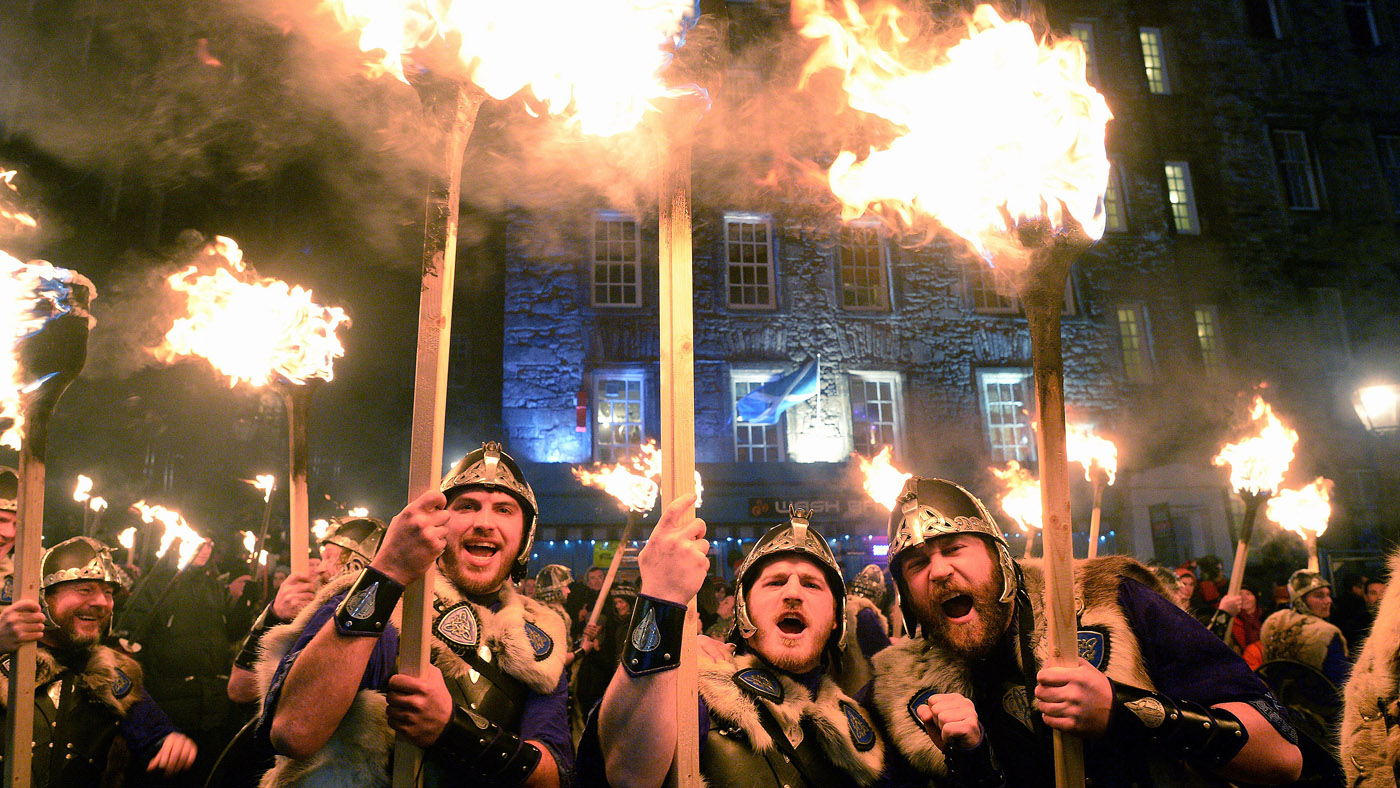
Scotland’s New Year’s Eve celebrations, known as Hogmanay, are world-famous, drawing hundreds of thousands of revellers from around the globe to the streets of Edinburgh each year.
From the classic New Year anthem of Auld Lang Syne, to cannon blasts and fireworks, Hogmanay is one of the biggest events of the year in Scotland - and one of the most fun.
As City A.M. says: “Any festive celebration that has two public holidays to recover must be a good one.”
The Week
Escape your echo chamber. Get the facts behind the news, plus analysis from multiple perspectives.

Sign up for The Week's Free Newsletters
From our morning news briefing to a weekly Good News Newsletter, get the best of The Week delivered directly to your inbox.
From our morning news briefing to a weekly Good News Newsletter, get the best of The Week delivered directly to your inbox.
What is Hogmanay?
Hogmanay is the traditional Scottish term for New Year’s Eve. There are many theories about the etymology of the word “Hogmanay”.
One theory is that it derives from the Scandinavian word for the feast preceding Yule, which was “Hoggo-nott”, while the Flemish words – of which many have made the transition to Scots – “hoog min dag” mean “great love day”.
But the most likely source seems to be the French. “Homme est né”, or “Man is born”, was a traditional New Year’s greeting in France, while the last day of the year, when gifts were exchanged, was “aguillaneuf”; in Normandy presents given at that time were “hoguignetes”.
A free daily email with the biggest news stories of the day – and the best features from TheWeek.com
One of the first recordings of the greeting was by the Presbyterian church, which disapprovingly wrote in 1693: “It is ordinary among some Plebians in the South of Scotland, to go about from door to door upon New Year’s Eve, crying Hagmane.”
What happens this year?
In Edinburgh, the three-day festival opens on 30 December with the traditional Torchlight Procession that makes its way through the heart of Edinburgh. The website invites revellers to “blaze through the city accompanied by pipers and drummers, fire and fanfare and forge a river of light through the heart of Edinburgh’s Old Town”.
New Year’s Eve proper kicks off with a Hogmanay street party on 31 December, with Mark Ronson due to headline with a DJ set at midnight – Mark Ronson’s Hogmanay in the Gardens, to which the New Year’s Eve fireworks are choreographed. The Street Party will kick off at 7.30pm and continue long into the night – and there’s a free cocktail for every reveller.
Elsewhere there’s the Ceilidh under the Castle, where party-goers are invited to “whirl or jig, fling or be flung under the watchful eye of Edinburgh Castle”.
Edinburgh’s Hogmanay Official After-Party gets under way at 1am at McEwan Hall, round the corner from George Square Gardens. The event includes a late-night set from Judge Jules and is “a truly epic after party you won’t want to miss out on”, says the Edinburgh Hogmanay website.
Outside the capital, Glasgow is holding a number of celebrations across the city, including a procession and fireworks.
Among the most popular is the Ashton Lane Street Party, back for another year as the event turns an entire street into a party haven. From live music and pipers through to ceilidhs and street performers, the partying will “make it a special start to 2020”, says DesignMyNight.
What's so different about it?
Hogmanay is all about welcoming both friends and strangers with good cheer and presents, so as to meet the New Year together and bring good fortune.
To that purpose, traditionally, it was important to start the New Year with a “first footing”. That meant that in order to bring good luck on a house and its inhabitants, immediately after midnight, a dark-haired male bringing a gift of coal, shortbread, salt, black bun and whisky had to enter a house first. Going back to the Viking invasions, blond men were considered bad luck for a household. To enter a house giftless was also seen as rude and unlucky.
In more isolated parts of Scotland, such as the Highlands and the Hebrides, Hogmanay retains some of its pagan roots, as people march around town dressed in animal skins, going from house to house to ward off evil spirits.
Also on 31 December, tradition has it that all debts should be paid off and the house thoroughly cleaned, so that “the bells” catch you ready for a fresh start. The bells mark the moment between the old and the new year, at which point everyone starts singing Auld Lang Syne.
What is Auld Lang Syne about?
The most common version of Auld Lang Syne nowadays is the one penned by Robert Burns, Scotland’s famous poet, in 1788. However, he apparently based his poem on previous versions already in use as far back as 1700.
The song is all about remembering old friends and new in the New Year, and not forgetting the good times had by all. “For auld lang syne” actually means “for old times’ sake”, and is sung by thousands of people around the world, from Times Square to Beijing.
When singing it, traditionally, people clasp hands and form a circle. As the song ends, the circle draws together, after which there is kissing and rejoicing.
But although you may see yourself as a veteran of the song, don't start the kissing too early. If you happen to find yourself celebrating Hogmanay with purists you may be called upon to sing along as the song enters its extra verses, of which there are four - and which are usually absent from other versions.
-
 Will the mystery of MH370 be solved?
Will the mystery of MH370 be solved?Today’s Big Question New search with underwater drones could finally locate wreckage of doomed airliner
-
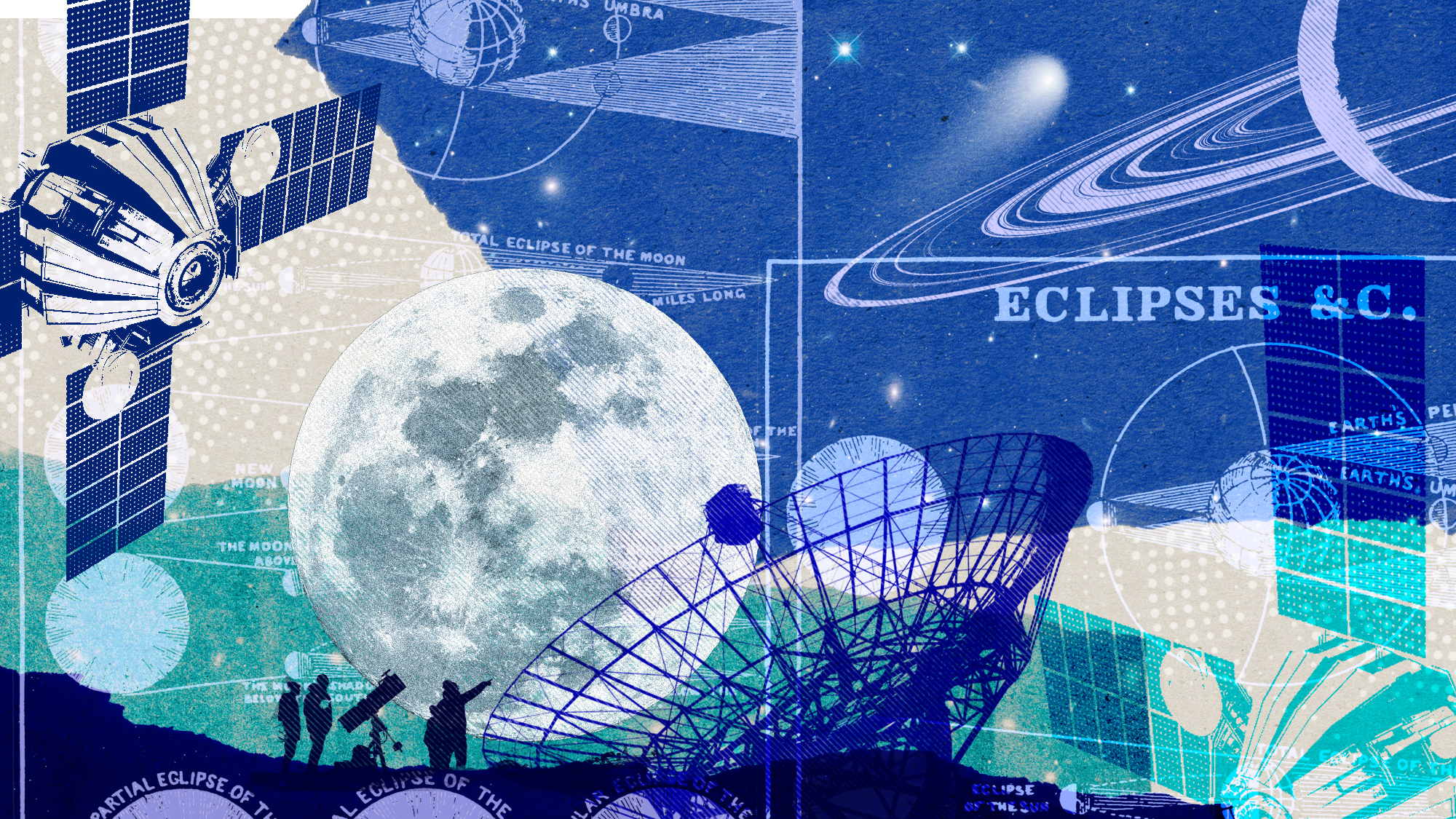 The biggest astronomy stories of 2025
The biggest astronomy stories of 2025In the spotlight From moons, to comets, to pop stars in orbit
-
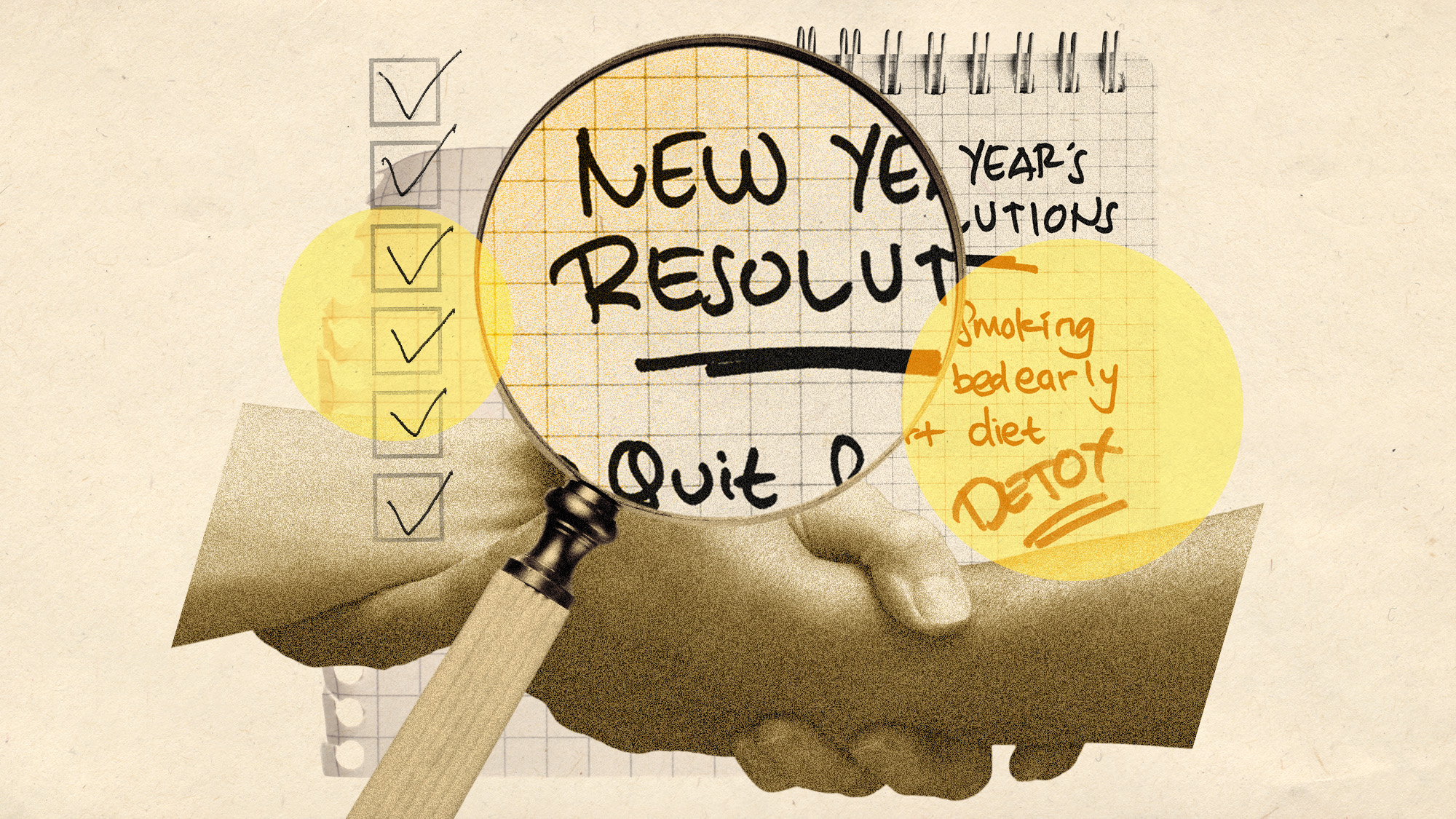 Why are micro-resolutions more likely to stick?
Why are micro-resolutions more likely to stick?In the Spotlight These smaller, achievable goals could be the key to building lasting habits
-
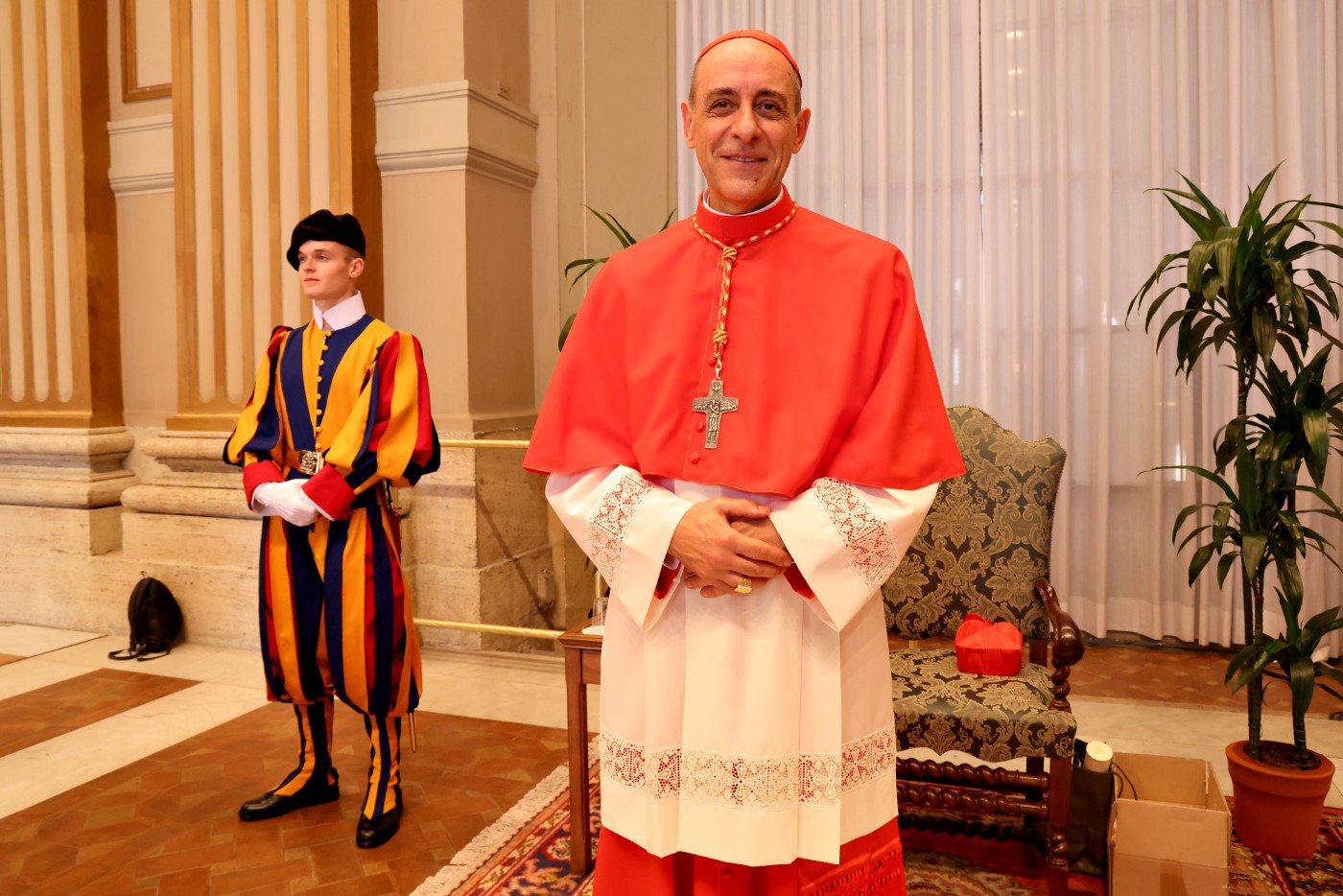 Pope aide under fire for 'mystical orgasms' book
Pope aide under fire for 'mystical orgasms' bookTall Tales And other stories from the stranger side of life
-
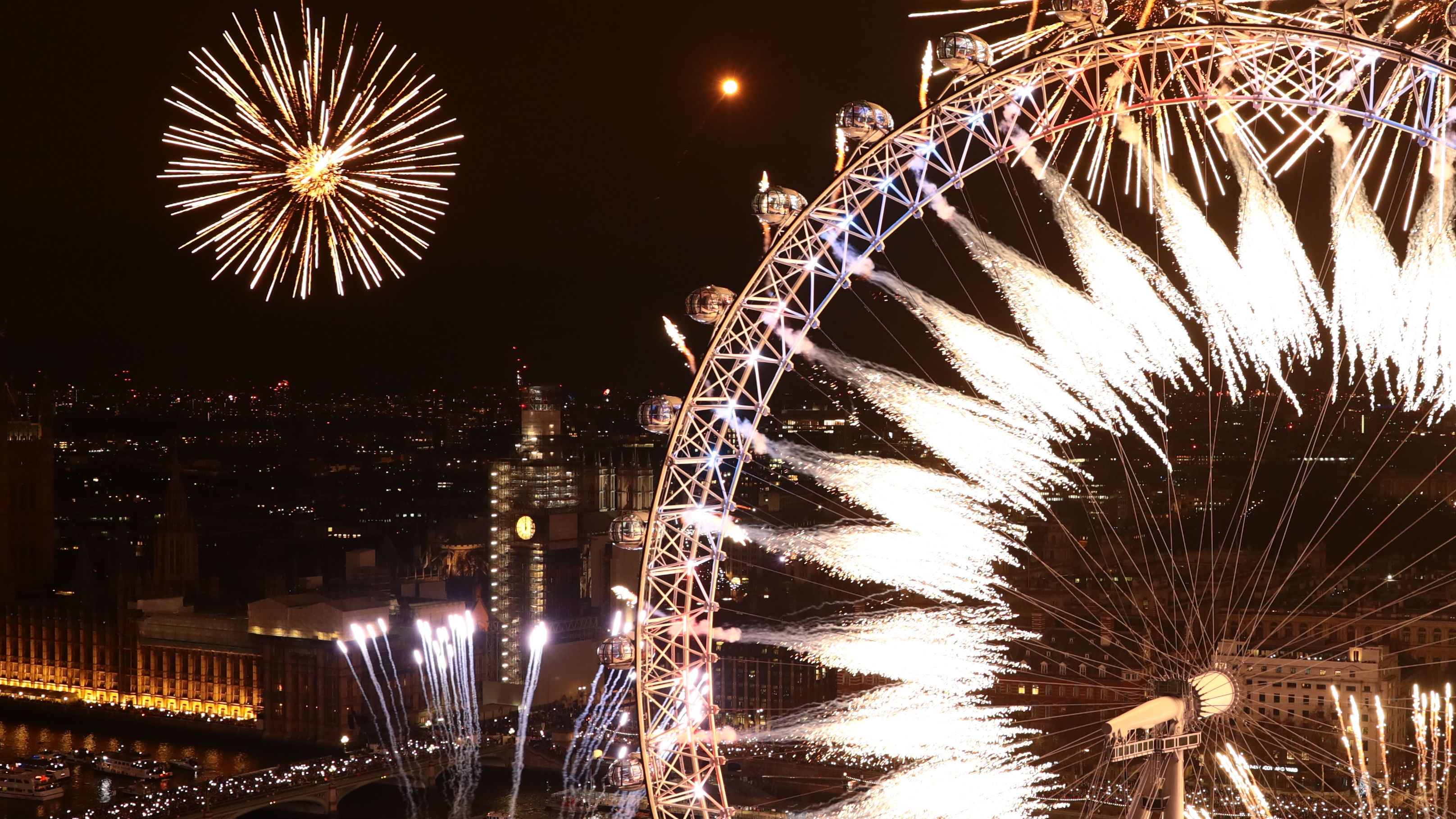 New Year’s Eve fireworks in London 2019: best places to watch for free
New Year’s Eve fireworks in London 2019: best places to watch for freeIn Depth Tickets for the official show are sold out, but there are plenty of free spots that offer a great view